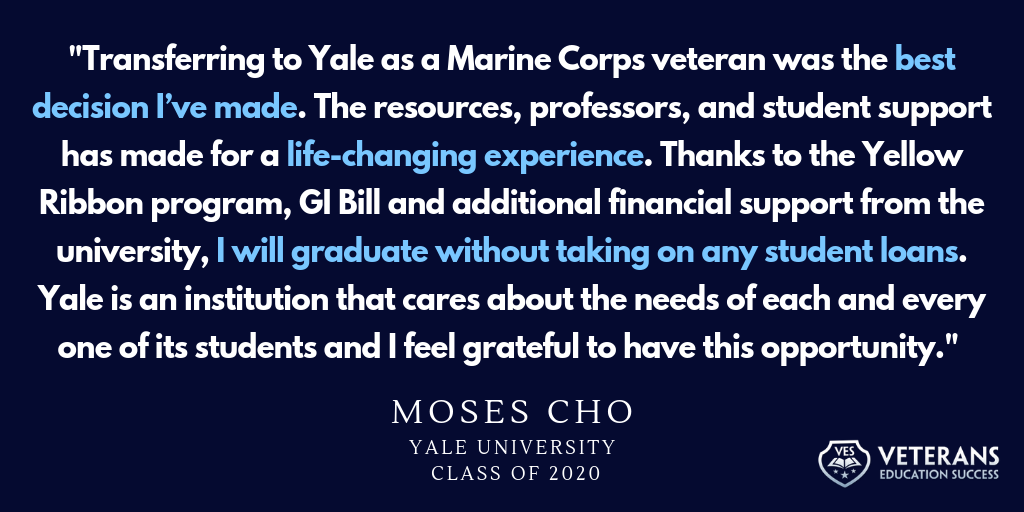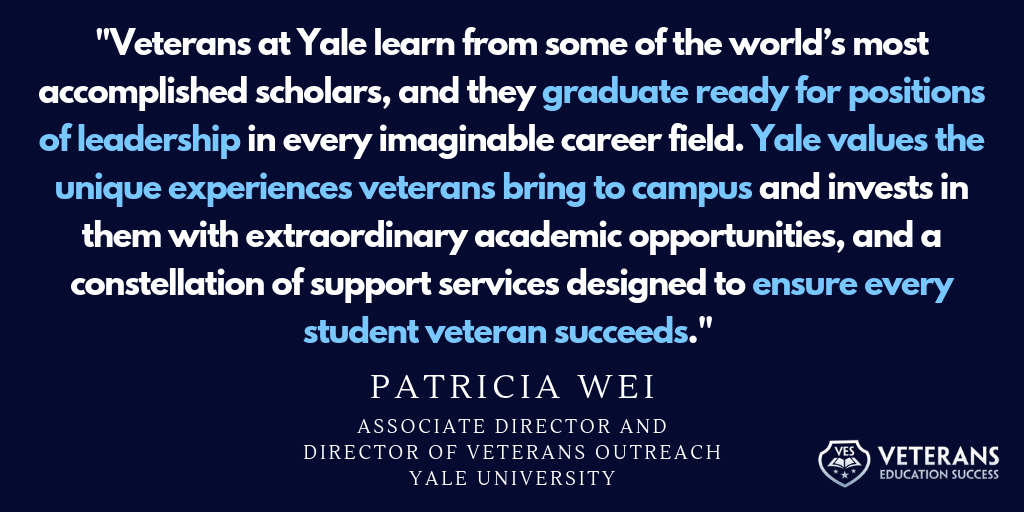Every year, around 700,000 Post-9/11 GI Bill students enroll in an institution of postsecondary education, a benefit earned through sacrifice and service to our nation. The GI Bill represents America’s thanks for veterans’ military service. It is also an economic investment designed to ensure a successful transition from military service to civilian employment through needed postsecondary skills and training.
Most veterans – and taxpayers – assume colleges are spending the GI Bill to give veterans an education.
But are colleges honoring the Congressional intent and taxpayer investment?
Veterans Education Success examined U.S. Education Department data on college spending as well as student outcome metrics to identify “Best Instructional Bang for the GI Bill Buck” colleges that dedicate the most to veterans’ education and have positive student outcomes, as well as “Bottom of the Barrel” schools that divert most tuition away from students and, not surprisingly, have worse student outcomes.
To be clear, the vast majority of colleges serving veterans often spend a large proportion of tuition on instruction and produce solid student outcomes. Specifically, there are more than 4,600 institutions that received GI Bill tuition and fee payments from the US Department of Veterans Affairs (VA) and also were recognized by the US Department of Education, which tracks school spending annually. Of those more than 4,600 schools, more than four out of five spent more than one-third of tuition on instruction, and well more than half spent more than 50% of gross tuition on instruction. In addition, out of the more than 2,700 schools with at least $100,000 in GI Bill revenue in 2017, more than 85% allocated more than 30% of students’ gross tuition and fees toward instruction in 2017.
Indeed, many colleges serving large numbers of veterans at the certificate level, associate’s level, and bachelor’s level – from Lakeshore Technical College, SUNY Polytechnic, and Bismarck State College to Yale University and Stanford University – actually spend more on a veteran’s education than they charge in tuition. In other words, their tuition is lower than what they spend on the student’s instruction. Unsurprisingly, they deliver high graduation rates and future earnings.
In addition, veterans, as a whole, show stronger success in college than their non-veteran, independent student counterparts, including significantly higher completion rates than their nonveteran counterparts. But it turns out some postsecondary institutions are not honoring veterans’ service and the Congressional investment. In fact, many of the institutions charging taxpayers the largest overall amount of GI Bill funds largely divert those funds away from veterans and towards unscrupulous spending that has nothing to do with education at all, such as late night TV ads and aggressive call centers that cold call servicemembers.
While there are rules governing which postsecondary institutions may be approved to receive GI Bill funds, no restrictions exist on how those institutions must allocate GI Bill revenue once they enroll a veteran. Nor are there any requirements that GI Bill funds or other federal student aid actually be spent serving the students they enroll.
Other industries provide better assurance that a person’s benefits are spent on him or her. For example, health insurance companies are required to spend at least 80% of patient premiums on patient care and quality improvements.
Is it appropriate for colleges to charge taxpayers for GI Bill funds and take veterans’ one-shot at their hard-earned benefit, but then divert those funds away from veterans’ education? Does Congress owe it to veterans (and taxpayers) to more carefully guard veterans’ hard-earned GI Bill?
Note: In October 2019, six months after this report was published, the U.S. Department of Education updated its description of its methodology of calculating the average earnings of former students. The calculations in this report use the Department’s previously stated methodology, which included students who had earned positive earnings, in addition to students who had no positive earnings, during the measurement year to calculate a weighted average. Updated documentation from the Department states that the earnings cohort variable included only students with positive earnings, excluding those with zero earnings. While correlation between the two different ways of calculating a weighted average is very high, it should be taken into account when interpreting the calculations used in this analysis.



